Cluj-Napoca
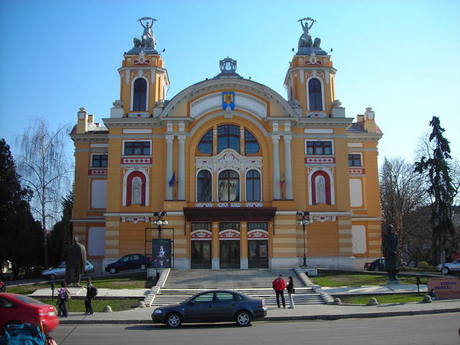
The Lucian Blaga National Theatre (Romanian: Teatrul Naţional Lucian Blaga) in Cluj-Napoca, Romania is one of the most prestigious theatrical institutions in Romania. The theatre shares the same building with the Romanian Opera.
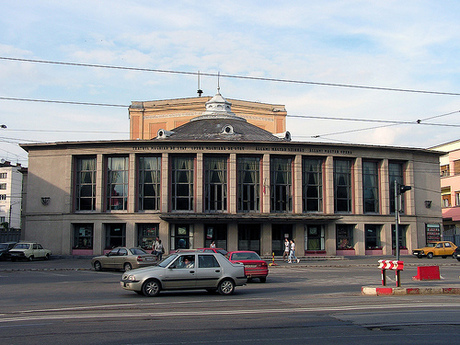
The Hungarian State Theatre and Opera House is among the most reputable cultural institutions of the Hungarians in Romania. The first theatrical representations in Cluj go back to 1792, when they were held in the Rhedey Palace. As a consequence of the cultural revival at the end of the XVIIIth century, the modern theatrical performances demanded an appropriate place. Inaugurated in 1821, the new building, which met the highest European standards, would make Cluj the capital city of the Hungarian performances. It also staged Shakespeare’s works for the first time and other valuable plays.
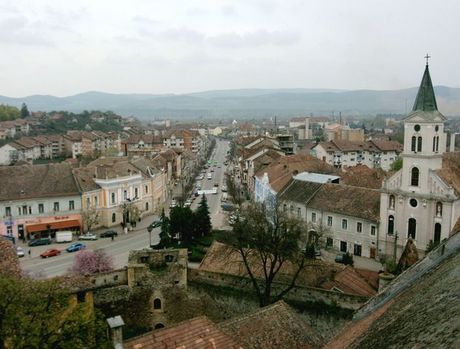
As a traveler who goes back in time, you can discover millenary history Turzii to step through the heart of town. Recently restored, the historical center preserves the full atmosphere of times past. The houses, museum, and churches all give life to Turda’s history. In the interwar period, Turda was famous for the diversity and flavor and culinary products. Terrace "Corso" the Viennese Otto Steper world was full of good eating and what terrible stories, small or large plots in the steam era of romance romance military band.
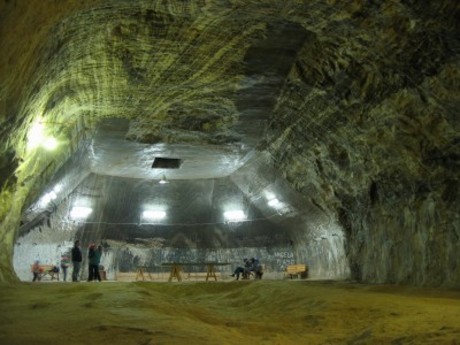
A day trip to Salina Turda (Turda Salt Mine) is a must for any visitor to Cluj-Napoca. One of the most important salt mines in Transylvania, Salina Turda has been known since ancient times, but was put into operation for underground mining work during the Roman period.
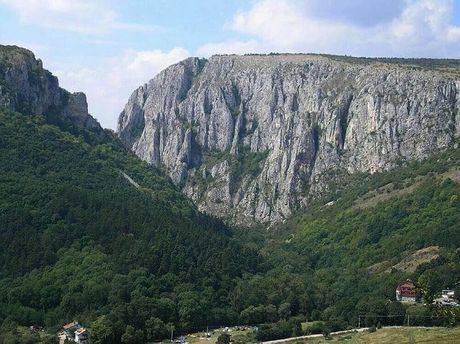
Cheile Turzii (Turda Gorges) is a natural reserve (on Hășdate River) situated 6 km west of Turda and about 15 km south-east of Cluj-Napoca, in Transylvania, Romania. The canyon, formed through the erosion of the jurasic calcar of the mountain, is 2 900 m long and the walls have hights reaching 300 m[1]. The total surface of the canyon is of 324 ha. Cheile Turzii contain one of the richest and most scenary karst landscapes in Romania. More than 1000 plant and animal species (some of them rare or endangered, like the wild garlic or some species of eagle) live here.
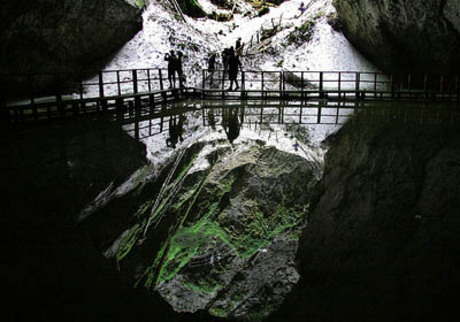
Located in a remote place, deep inside the forests of the Apuseni Mountains, Scarisoara is the biggest ice cave in Romania, a unique phenomenon in Southeastern Europe. The exact date when the cave was discovered is unknown, but is mentioned in 1863 by the German geographer Adolf Schmidl, who made some observations and the first map. According to the scientists, Scarisoara Ice Cave was formed during the Ice age, when these mountains were covered by snow and ice.
 12
12
